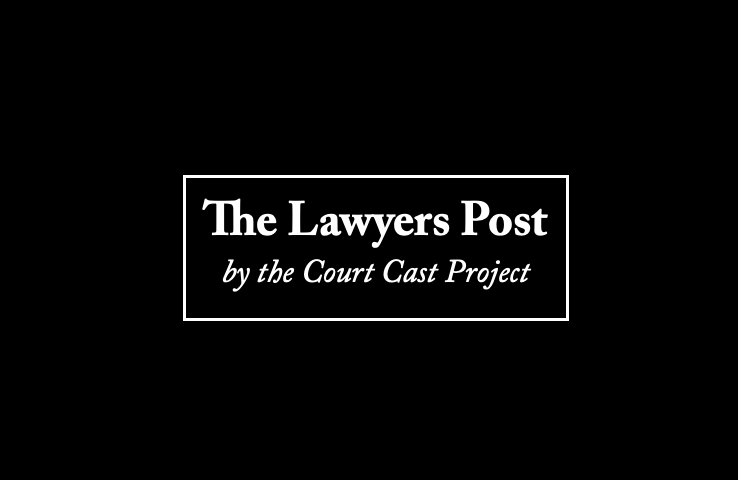In a judgment that leans firmly on the power of human testimony over cold clinical charts, the Supreme Court upheld the conviction of a man accused of sexually assaulting a 4-year-old girl, dismissing his plea that the absence of medical injuries should absolve him.
A bench of Justices Aravind Kumar and NV Anjaria reminded the courtroom of a principle as old as criminal law itself: when believable, unwavering eyewitness accounts stand tall, medical reports don’t get the final word. The judges noted that although the doctor found no visible external injuries and recorded no bleeding, the law does not demand physical harm as a prerequisite for truth. If the story told by those who witnessed a child’s trauma is coherent, reliable, and unshaken, that story prevails.
The Court placed significant weight on the child’s reaction to the accused—a four-year-old freezing in fear at the mere sight of him during trial. Her mother’s testimony, consistent from the first moment she found the accused near her daughter to her final words in court, formed the backbone of the prosecution’s case. The judges described the child’s behaviour as “trauma made visible,” a silent confirmation of what she could not articulate.
The Incident
The events unfolded on August 15, 2021. The child’s mother walked in to find the appellant, wearing only shorts, seated near the legs of her sleeping daughter. When confronted, he ran. The child’s clothing was disturbed, she was crying in pain, and her private parts were wet. Though the medical report did not show external injuries, it did record vaginal redness—one more strand in a rope of circumstantial and emotional evidence.
The Court concluded that the combination of the mother’s unwavering account, the child’s distressed state, and her unmistakable terror in court formed a chain of proof strong enough to sustain a conviction, even without physical injuries.
Sentence Modification
While the conviction stood firm, the Court adjusted the sentence—reducing it from seven years to six, noting the appellant had already spent over four years and five months behind bars.
The ruling reinforces a crucial principle in cases involving very young victims: sometimes the most reliable evidence isn’t found under a microscope, but in the unfiltered fear a child cannot hide.





